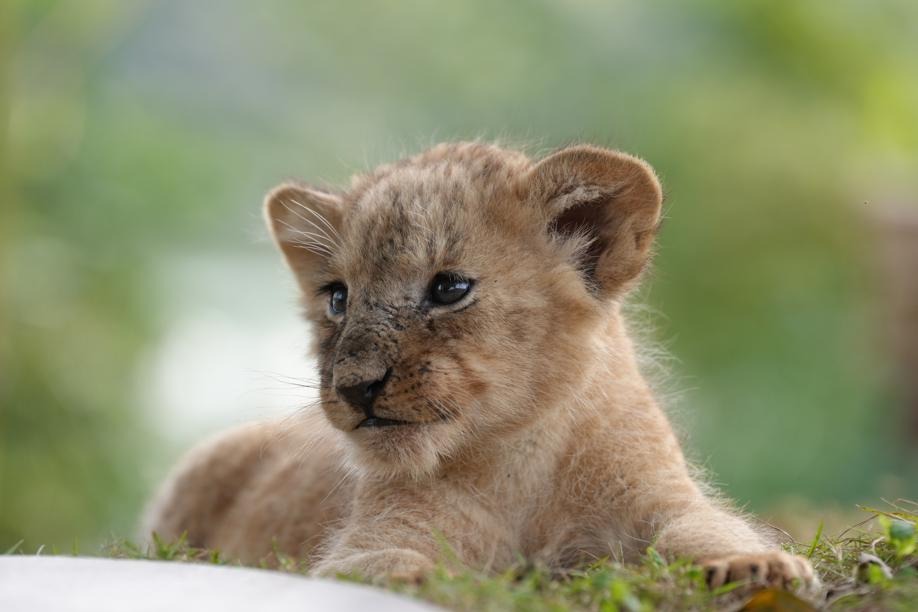Northeast China home to more rare tigers, leopards






Siberian tiger and Amur leopard populations in the wild have been steadily increasing at the Northeast China Tiger and Leopard National Park, thanks to the establishment of the national park system and the implementation of national protection policies, officials said.
Data from the park's management bureau show that the number of Siberian tigers rose to 70 and that of Amur leopards increased to 80, with the birth of 35 cubs in the past year.
The territorial range of these big cats exceeds 11,000 square kilometers, accounting for nearly 80 percent of the total area of the park, which stretches across the provinces of Jilin and Heilongjiang.
The park, which was formally established in 2021 after a trial phase since August 2017, is the only protected area in China where Siberian tigers and Amur leopards breed in the wild.
"Since the trial phase, we integrated 19 existing nature reserves within the area. Efforts were also made to restore habitats — including key dispersal corridors — for the tigers and leopards, and to build ecological corridors," said Duan Zhaogang, director of the bureau.
"A total of 2,200 hectares of forestland was cleared and restored. Besides, continuous anti-poaching patrols were conducted," he said, adding that all these steps were taken to provide a large-scale, high-quality habitat for the big cats.
Data from the bureau show that before the trial phase, there were only 27 Siberian tigers and 42 Amur leopards living in the wild in the region, but their numbers had surpassed 50 and 60, respectively, by 2021.
"In 2023, we recorded the birth of 20 Siberian tiger cubs and 15 Amur leopard cubs," Duan said. "Compared with data from the past decade, the survival rate of tiger and leopard cubs has increased from 33 percent in 2015 to nearly 50 percent."
The healthy birth and survival rates of Siberian tigers and Amur leopards in the wild demonstrate the effectiveness of China's habitat protection efforts.
As most of the national park is distributed along the border between China and Russia, the two countries have maintained friendly cooperation in the field of ecological conservation, establishing multiple joint protection and monitoring mechanisms for Siberian tigers and Amur leopards in recent years.
China and Russia have coordinated with each other to open cross-border ecological corridors, allowing the big cats to migrate freely, which in turn has created a new model of cooperation for the cross-border protection of endangered wildlife species and for building a community of life between humankind and nature.
Feng Limin, deputy director of the National Forestry and Grassland Administration's Northeast Tiger and Leopard Monitoring and Research Center, said, "We have cooperated with border management departments to open 290 cross-border animal passages in the eastern China-Russia border area of the national park."
Wild animals can use these corridors, which have been opened every few hundred meters along the border, to move back and forth between the two countries, Feng added.
Under the joint protection mechanism, the populations of major prey for tigers and leopards —such as sika deer, wild boars and roe deer — have doubled at the national park.
- China cracks down on financial corruption with harsh penalties
- Top procuratorate renews push to protect migrant workers' rights
- China expands green belt around its largest desert
- Fujian coast guard conducts routine patrol in waters near Kinmen
- China-Europe freight train trips surpass 120,000
- Key documents of pivotal CPC meeting published in foreign, ethnic-minority languages
































